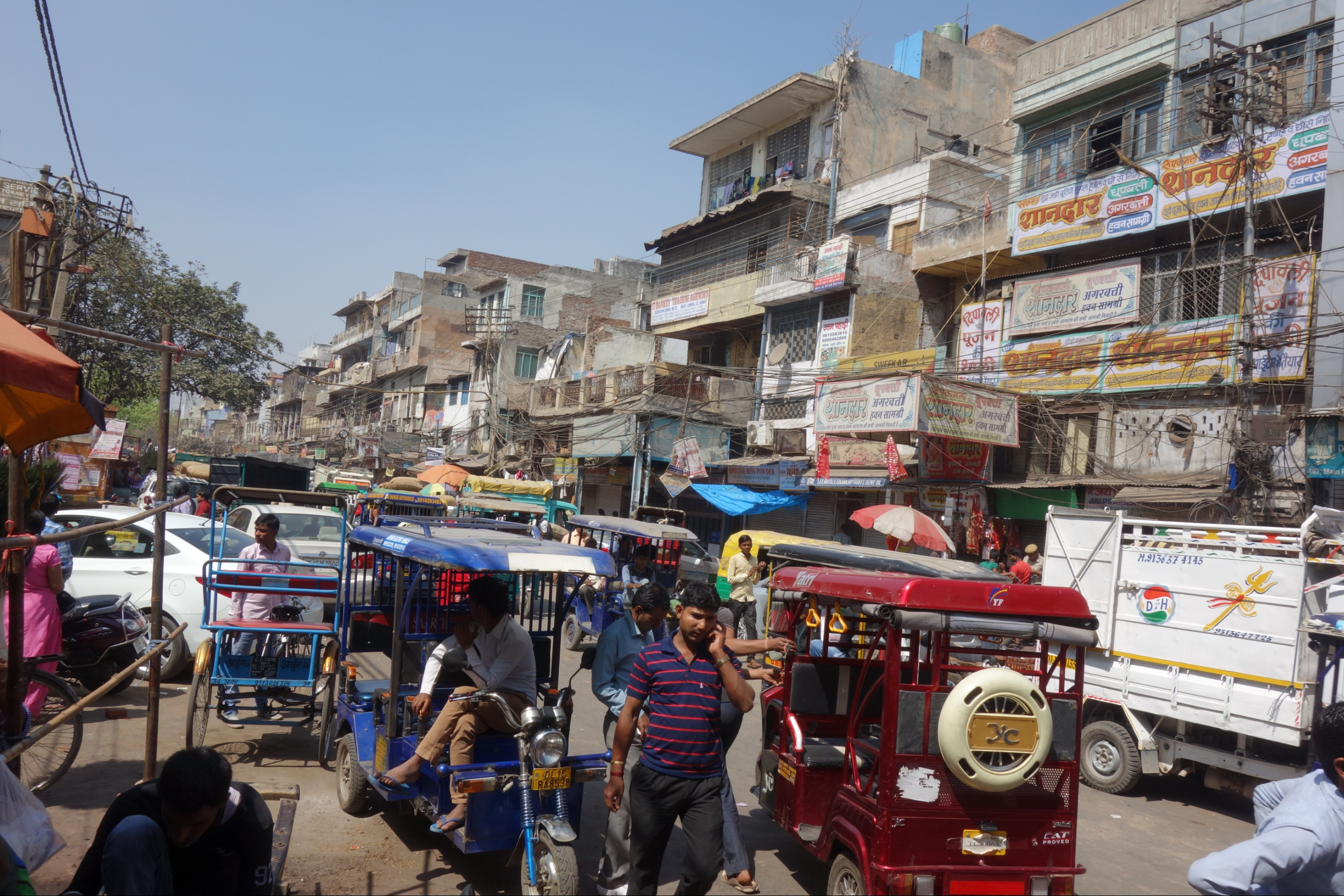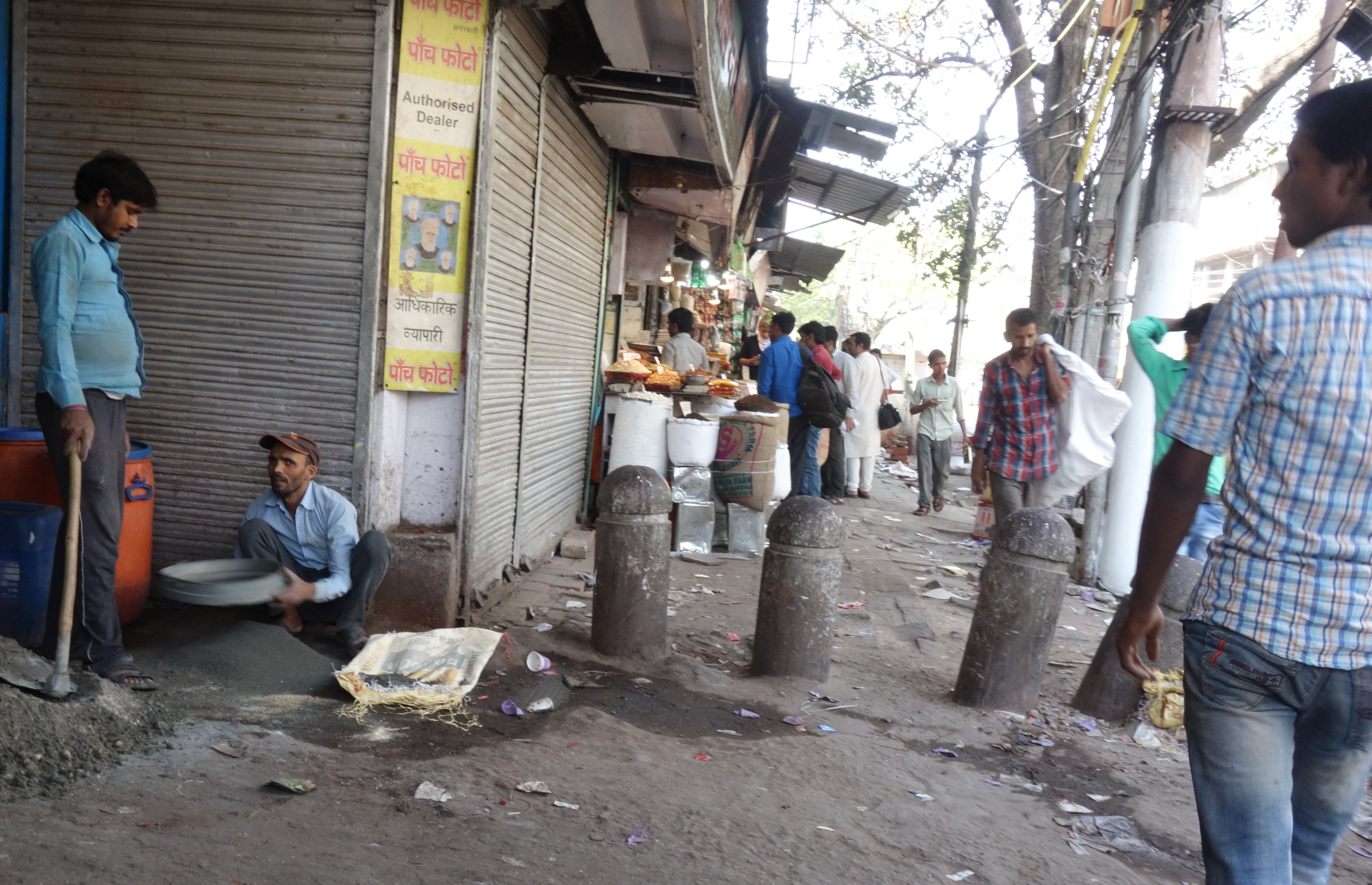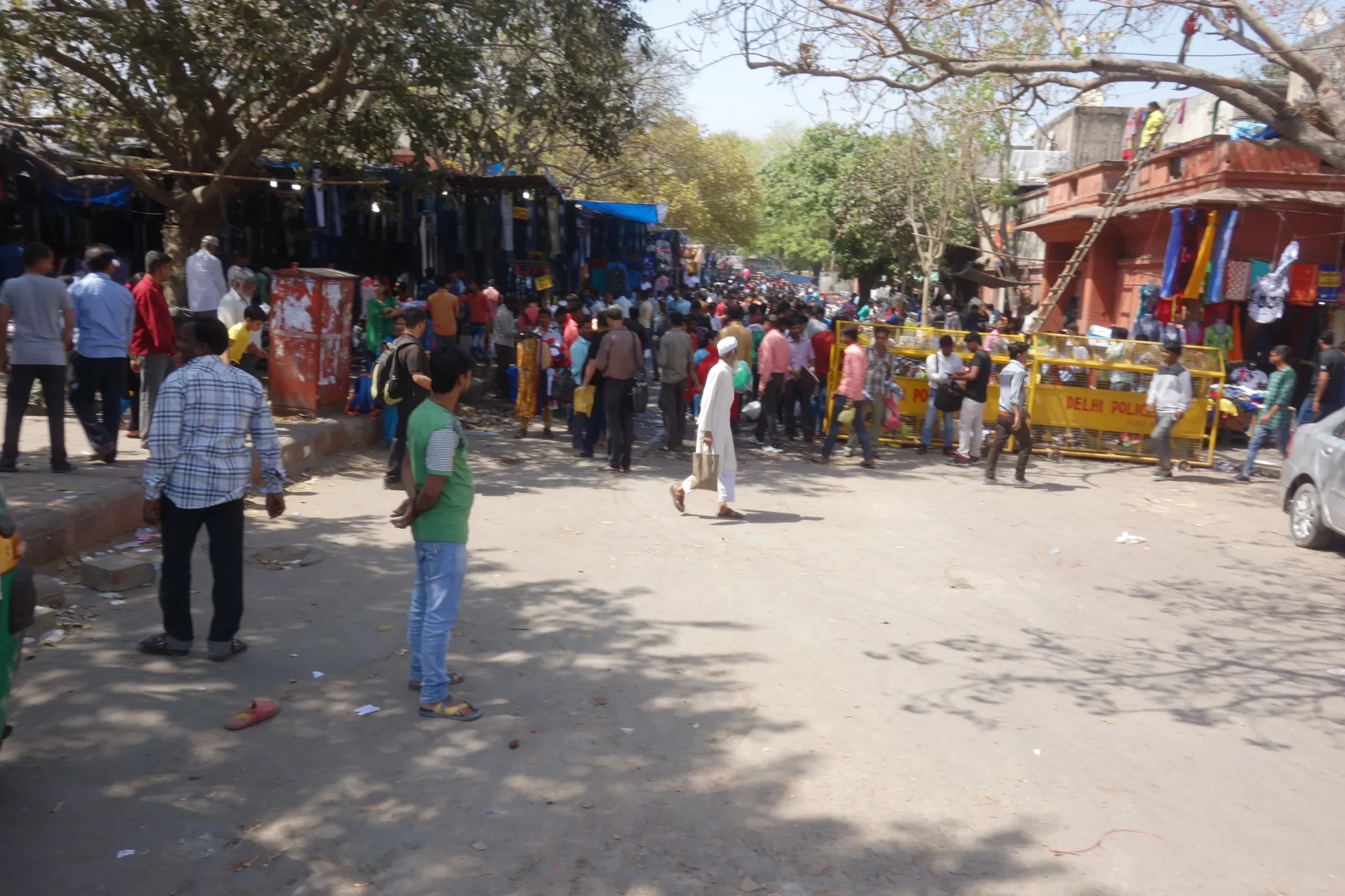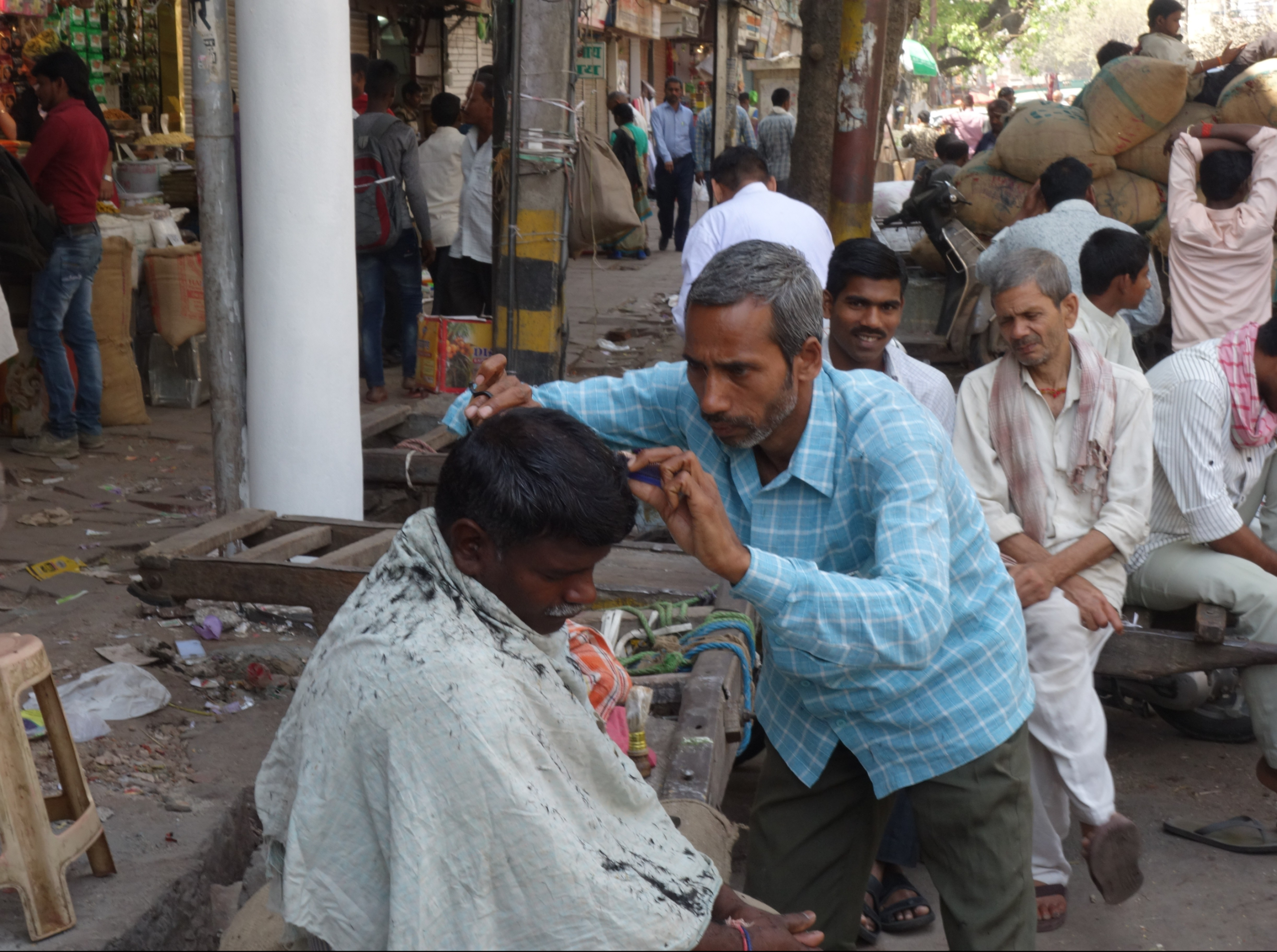men in Delhi
Even though India is in my rear-view mirror as I am now immersed back into my west-coast Canadian routines, I find it is on my mind every day.
Have you noticed how you get asked, or you ask yourself, “what were the highlights?” of recent trips? I have done that myself in the last couple of weeks, as I check in with friends and their travels over recent school holidays. We want to hear about which experiences were memorable. Certainly, I had those…Taj at sunrise, the wind in the trees in the Himalayas, vibrant-hued saris with hems dragging in the dust along the roadside, the smells of the most delicious vegetarian food I’ve ever had, the grace and dignity of an ancient culture and religion…
But India won’t leave my mind partly because news stories keep coming into my awareness…and they keep being about a huge disconnect I experienced. Where I live, there is a large and vibrant Indian population. From what I have seen and experienced, it’s a forward-thinking, upwardly mobile, industrious and integrated population. Politically engaged, educated, strong women, two-income families. Daughters given the same opportunities as sons. My image of Indians in Canada is entirely positive and the relationships between men and women seem similarly respectful to what I have experienced in my own life.
But in India that’s not what I observed, at all. Yes, I’d heard about atrocities against young women and girls in India. I knew that element would be there, but I guess I expected it to “be like home”. Atrocities happen everywhere, and my large urban city has its own dark side…but not one that is in my face on a daily basis like it was in India.
And I guess I’ve had trouble letting it go because I felt like my last post about India was negative. That was not at all my experience. As a traveller, I try to be very aware that I am a tourist and that means I experience only a very minuscule slice of a country. Making judgments and generalizations based on such a limited and biased exposure is inherently dangerous, and it’s certainly not my place to put my set of values onto a culture in which I am a guest.
So I don’t like walking away from India with a bad taste in my mouth about how men view women, and vice versa. But I have. And I keep wondering why. Why were men so disrespectful of their own wives? Why were they unaware, or uncaring about what example they were setting for their sons and daughters who were watching how they chased my daughter? Why was there so much violence between a young woman who had been struck on the street and the young men in the vicinity?
A news story on CBC radio this week was my “aha” moment. http://www.cbc.ca/radio/thecurrent/the-current-for-april-25-2018-1.4633565/is-india-s-gender-imbalance-to-blame-for-rise-in-violence-against-women-1.4633603
Through generations of gender selection and a process of valuing sons more than daughters, India’s 2011 census shows 37 million more men than women in a population of over a billion. There’s a whole “Canada” of men with no women. And even more illuminating? The imbalance is not evenly distributed across the country. According to this story, and according to my family’s vacation, our entire trip consisted of touring the provinces where the gender imbalance is highest. There are no young women for these young men to look at, never mind try to interact with and learn how to be respectful with. No wonder they were gob-smacked at the presence of my daughter.
Gender selection started with amniocentesis to screen for healthy babies. I wonder if countries like India and China are struggling with the long-term and potentially devastating social consequences of introducing complex scientific advances into a society, without also introducing an adequate level of scientific literacy and progressive social policy to go along with it?
There are many benefits to a more globalized world, but globalization also places technology within countries that have not, in terms of social policies, fully considered the implications of the use of that technology. My touristic experience of India’s policies around women and diversity highlighted this in a personal way that will not leave me alone.

men in Punjab

men in Rajasthan

men in Uttar Pratesh





0 Comments